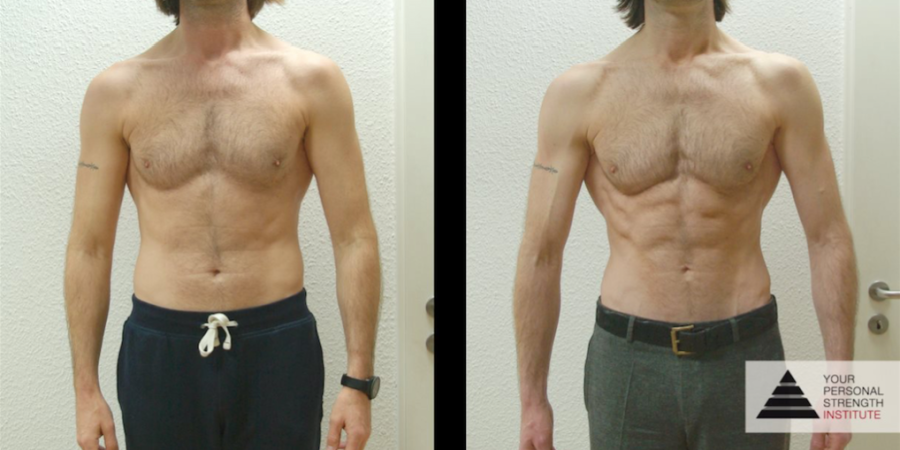Improving oneself is a hot topic these days. What started as the practice of "anti-aging" in the 90s, has become "biohacking" in the last years. The goal is basically the same, to improve oneself. To improve physical and cognitive performance and life quality as well as lifespan. This article looks at research done by the prestigious Tufts University in Boston, USA that has correlated aging – and therefore anti-aging – with biomarkers.
To start out, here the definition of the main topics of their research:
Biomarker , or biological marker , generally refers to a measurable indicator of some biological state or condition.
Anti-Aging , is the study of slowing down or reversing the processes of aging to improve life quality and the lifespan .
Strength Training is a type of physical exercise specializing in the use of progressive resistance to improve maximum strength , explosive strength, anaerobic endurance , and size of skeletal muscles .
In their book " Biomarkers: The 10 Determinants of Aging You Can Control" the authors, researchers and professors of nutrition and medicine Dr. William Evans, PhD, and Dr. Irwin H. Rosenberg, MD have collected research that concludes in a hierarchy of the top 10 biomarkers of aging.
For many years, endurance sports and aerobic exercise were thought to be synonymous with good health and fitness. Strengthtraining and especially the hypertrophy/bodybuilding aspect of strengthtraining was considered mainly cosmetic. Their research was the first to put muscle mass and strength in the two first spots. With aerobic endurance being on spot number five.
The book features landmark studies at the USDA Human Nutrition Research Center on Aging (HNRCA) showing that people past middle age are able to gain muscle and increase strength by as much as 200%. What's more, muscle and strength were found to be the key controllable physiological factors associated with aging. One 93-year-old study participant observed : “I feel as though I were 50 again…Pills won't do for you what exercise does!”
In their book, Evans and Rosenberg determined a hierarchy of the following signs of aging that can be altered - that means one can improve them drastically - for the better by changes in lifestyle :
- Muscle Mass
- Muscle Strength
- Basal metabolic rate
- Body Fat Percentage
- Aerobic Capacity
- Blood Sugar Management
- cholesterol/HDL ratio
- blood pressure
- Bone Density
- Ability to regulate internal temperature
One of the most interesting points on the outcome of this research is that all 10 biomarkers can be improved through strength training.
To illustrate how strength training affects the biomarkers, the authors use the term “sarcopenia” that describes an ailment that affects many old people and deprives them of their independence. Sarcopenia basically translated into "poverty of flesh" and is the loss of muscle mass and strength with age that is clearly associated with a reduction in health status.
Evan and Rosenberg say that the first biomarker, muscle mass, is responsible for the vitality of your whole physiological apparatus. Muscle mass and strength are our primary biomarkers. And those two will also influence all the biomarkers below. Basically their loss will create a domino effect. As when they start to break down, the other biomarkers will soon follow.
So the goal is to maintain and potentially increase muscle mass and strength. Which is were strength training comes into play as the primary and by far most efficient form of training to positively affect the biomarkers of anti-aging.
Another great reason to start strength training!
Get the book Biomarkers: The 10 Determinants of Aging You Can Control directly here on amazon
Picture: Otto S. (44) is a prime example that age is just a number. During his transformation he decreased his body fat by 7%, increased his muscle mass by 4kg and his strength in Squats to 105kg as well as chinups to 25kg added weight.

